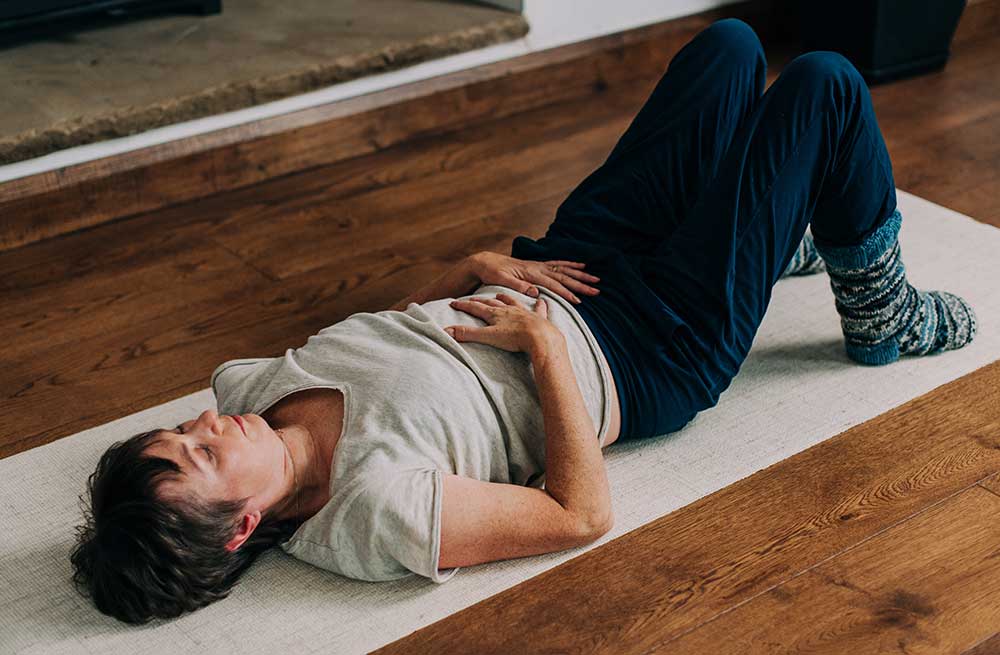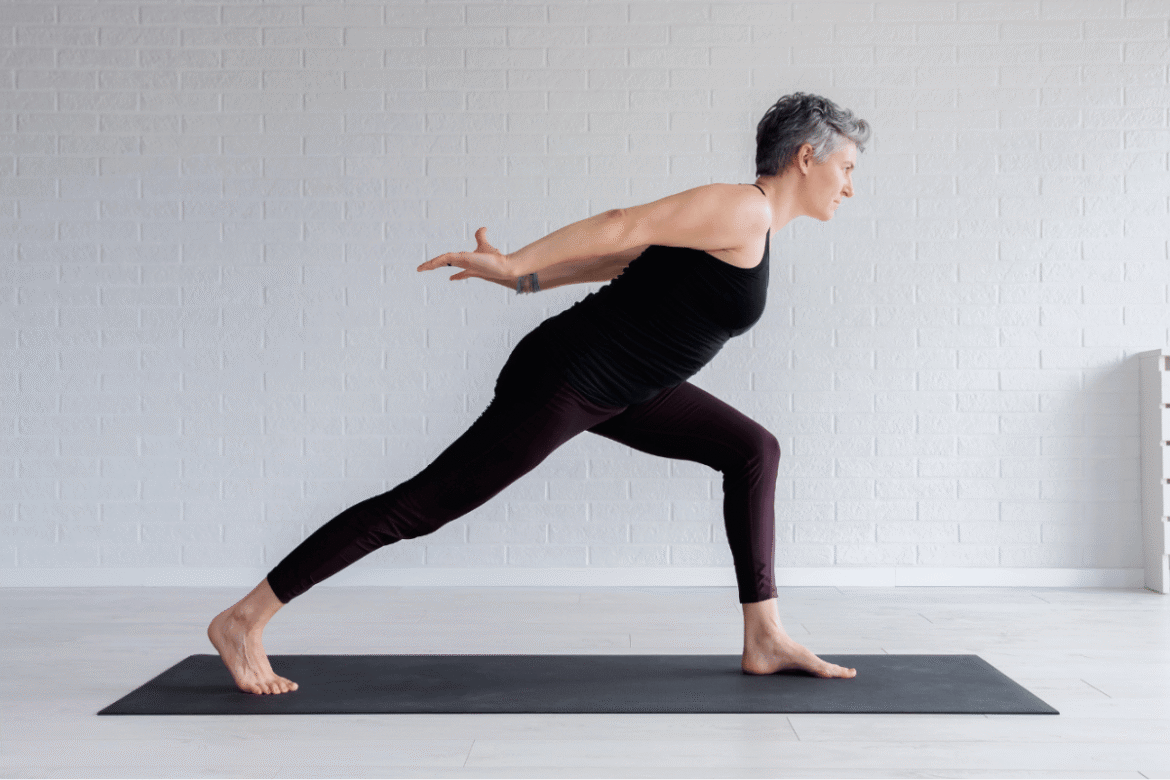Why Somatic Yoga Deserves Your Attention
Somatic yoga is quietly changing the way we think about movement, healing, and the connection between the body and mind. While it might not be as well-known as vinyasa or hot yoga, its gentle and intentional approach has become a lifeline for many people dealing with chronic stress, physical pain, and emotional imbalance. Unlike traditional forms of yoga that often emphasize stretching and holding complex poses, somatic yoga invites you to slow down, tune in, and listen to what your body is telling you. And that makes all the difference.
What Is Somatic Yoga and How Does It Work?
Somatic yoga blends elements of neuromuscular re-education with mindful movement. It focuses on internal physical perception rather than external shape or performance. This practice is rooted in somatic education principles, originally developed by Thomas Hanna, and it works by reprogramming habitual muscular patterns that contribute to tension, discomfort, or disconnection. Practitioners learn to move with awareness and subtlety, which leads to long-term improvements in flexibility, coordination, and emotional well-being.
10 Surprising Benefits of Somatic Yoga for Health
Reduces Chronic Pain Without Intense Stretching
One of the most transformative benefits of somatic yoga is its ability to relieve chronic pain without aggressive physical effort. By retraining the nervous system to let go of unconscious muscle contractions, individuals with conditions like fibromyalgia, back pain, or arthritis often find lasting relief. Instead of forcing the body, somatic yoga encourages release.
Enhances Mind-Body Awareness
Practicing somatic yoga deepens your awareness of how your body moves, feels, and reacts. You become more attuned to the early signs of tension or stress, which means you can respond before discomfort turns into pain. This heightened mind-body awareness fosters a sense of inner balance that extends into everyday life.
Improves Posture and Alignment Naturally
Slouching, imbalance, and repetitive strain injuries often arise from poor muscular habits rather than structural problems. Somatic yoga gently corrects these patterns by encouraging micro-movements that restore natural posture. Over time, you begin to stand taller and move with more ease, without needing to “force” good posture.
Supports Nervous System Healing
The slow, conscious movements of somatic yoga help calm the autonomic nervous system. Many people who struggle with anxiety, trauma, or nervous system dysregulation find that this practice gently restores a sense of internal safety. It activates the parasympathetic nervous system, helping the body shift from fight-or-flight to rest-and-digest.
Increases Mobility Without Overstretching
Flexibility doesn’t have to come from deep, uncomfortable stretches. Somatic yoga teaches your body how to move freely by re-educating movement patterns and encouraging gentle, circular motions. The result is a gradual increase in mobility that’s safe and sustainable for all age groups.
Helps Reduce Anxiety and Emotional Tension
There’s a deep emotional release that often accompanies somatic movement. Because the practice invites you to be fully present with physical sensations, it creates a space where emotional stress can be processed and softened. Many people report feeling calmer and more grounded after even a short session.
Promotes Better Breathing Habits
Breath is central to the practice of somatic yoga. By slowing down and syncing breath with motion, practitioners often discover where they are holding breath or tension. This awareness naturally encourages deeper, fuller breathing patterns that support heart health, lung function, and emotional resilience.
Encourages Deep Relaxation and Restorative Sleep
Unlike vigorous forms of yoga that may leave the nervous system activated, somatic yoga invites deep rest. The gentle, rhythmic movements have a sedative effect on the body, making it easier to unwind and sleep better. Many use it as a bedtime ritual for this reason.

Enhances Body Confidence and Self-Compassion
Somatic yoga isn’t about perfect poses or comparisons. It’s a personal journey of listening to your body, honoring its limits, and discovering new possibilities. This inward focus cultivates a healthier relationship with your body, leading to greater body confidence and compassion.
Complements Other Therapies and Healing Modalities
Whether you’re in physical therapy, psychotherapy, or exploring meditation, somatic yoga fits beautifully into any holistic wellness plan. It works synergistically by making the body more receptive to healing and giving you tools to support your process outside of clinical settings.
Who Can Benefit from Somatic Yoga?
Somatic yoga is accessible to almost everyone. It’s especially useful for people with limited mobility, older adults, those recovering from injury, or anyone dealing with stress-related conditions. But even athletes and yoga enthusiasts can gain new insights by slowing down and exploring movement through somatic awareness.
How to Start Your Somatic Yoga Journey
You don’t need any special equipment to begin. A quiet space, a mat or towel, and a willingness to slow down are all that’s required. There are many guided videos, books, and in-person classes available. For beginners, it’s best to start with foundational sequences that focus on the spine, breath, and pelvic awareness. Patience is key. The benefits may be subtle at first, but they build with consistent practice.
What is Somatic Yoga and How Is It Different from Traditional Yoga?
Somatic yoga blends gentle movements with awareness and breath to retrain the nervous system. Unlike traditional yoga that often focuses on strength, flexibility, and fixed poses, somatic yoga emphasizes internal experience, helping you feel and release unconscious muscular tension. It’s more about how a movement feels than how it looks.
Can Somatic Yoga Really Help with Chronic Pain and Stress?
Yes, and that’s one of its most profound benefits. Somatic yoga works on the nervous system level by calming the “fight or flight” response and re-educating muscle memory. People struggling with neck, back, or shoulder pain often report significant relief after practicing somatic yoga regularly. It’s also known to reduce stress hormones naturally.
Is Somatic Yoga Better for Beginners or Advanced Practitioners?
Both can benefit. Somatic yoga is especially welcoming to beginners because it’s slow, mindful, and non-intimidating. That said, even seasoned yoga practitioners find it transformative because it uncovers hidden patterns and brings new awareness to the body—something advanced flows often skip.
Can Somatic Yoga Naturally Ease Anxiety and Depression?
Absolutely. Somatic yoga helps regulate the nervous system, which is deeply connected to emotional states. By gently moving and sensing your body in a safe way, this practice can support emotional release and inner calm. It’s often recommended alongside therapy for those managing anxiety or depressive symptoms.
Do I Need Any Special Training or Certification to Start Somatic Yoga?
Not at all. Somatic yoga is accessible to everyone. You don’t need prior experience, a yoga background, or fancy gear. However, if you’re interested in teaching it professionally, then a somatic-based teacher training program is a good idea.
Does Practicing Somatic Yoga Daily Improve Posture and Body Awareness?
Yes, and in a powerful way. Daily somatic yoga teaches your body to move from awareness, not habit. It retrains your posture by releasing tension patterns stored over years, helping you stand, walk, and move with ease and balance.
How Can I Include Somatic Yoga in My Daily Wellness Routine?
It’s easier than you think. Just 10–20 minutes of somatic yoga in the morning or evening can shift your whole day. You can follow online videos, audio guides, or simple self-led movements on your mat or bed. Consistency matters more than duration.
Can Somatic Yoga Help with Weight Loss or Is It Just for Relaxation?
While somatic yoga isn’t a cardio workout, it supports weight management indirectly. By improving sleep, reducing stress, and balancing hormones, it creates a healthier environment for your body to regulate weight naturally. It’s not about burning calories—it’s about healing the root causes.
Are Somatic Yoga Exercises Suitable for the Elderly?
Yes, and in fact, somatic yoga is highly recommended for older adults. Its gentle, floor-based or chair-assisted movements make it ideal for those with limited mobility, arthritis, or age-related pain. It promotes graceful aging without strain.
Why Is Somatic Yoga Gaining Popularity in the Holistic Health and Trauma Recovery Community?
Because it meets the body where it is—without force. Somatic yoga is deeply trauma-sensitive. It helps people reconnect with their bodies in a safe, empowering way. That’s why therapists, somatic coaches, and healers often recommend it in trauma recovery journeys.
Is Somatic Yoga a Form of Meditation or More Like Physical Therapy?
It’s a blend of both. Somatic yoga is meditative because it requires focused attention and breath awareness. At the same time, it has therapeutic benefits similar to physical therapy—especially in treating pain and retraining movement patterns.
Can I Start Somatic Yoga Without a Doctor’s Guidance?
In most cases, yes. Somatic yoga is safe and gentle enough to begin on your own. However, if you have severe physical limitations, recent surgeries, or neurological conditions, it’s wise to consult your doctor before starting any new practice.
Does Somatic Yoga Help Strengthen the Immune System?
Indirectly, yes. Somatic yoga reduces chronic stress, improves sleep, and supports parasympathetic nervous activity—all of which boost immunity. A regulated nervous system allows the body to allocate energy toward healing and defense.
What Is the Connection Between Somatic Yoga and the Mind-Body Relationship?
They are deeply connected. Somatic yoga is based on the idea that the body remembers emotions, trauma, and patterns. By tuning into sensations and releasing tension, you heal not just physically but emotionally, making it a powerful tool for self-awareness and transformation.
Can Somatic Yoga Improve Sleep Quality?
Definitely. Somatic yoga activates the body’s relaxation response, lowers cortisol, and prepares your system for deep rest. Just 15 minutes before bed can help you fall asleep faster and sleep more deeply—naturally.
Final Thoughts: Small Movements, Big Shifts
In a culture that often celebrates intensity and constant doing, somatic yoga offers a radical alternative: gentle, intentional, healing movement. Its power lies not in how much you can stretch or sweat, but in how deeply you can listen. If you’re looking to restore balance, ease pain, and reconnect with your body in a way that feels safe and sustainable, somatic yoga might be exactly what you need.
FAQs About Somatic Yoga
Can I do somatic yoga if I have no flexibility?
Yes, somatic yoga doesn’t require any level of flexibility. It meets you exactly where you are and helps you rediscover ease of movement without strain.
Is somatic yoga suitable for people with chronic illnesses?
Many people with chronic pain, fibromyalgia, or autoimmune conditions find somatic yoga extremely helpful. Always consult your doctor, but the low-impact nature of this practice makes it a gentle option.
How long does it take to see results from somatic yoga?
Some benefits like relaxation or improved breathing can be felt in a single session. Long-term benefits such as better posture or reduced pain often show up gradually over weeks of consistent practice.
Is somatic yoga a spiritual practice?
It can be, but doesn’t have to be. While it encourages deep awareness, it’s grounded in science and movement education, so it’s accessible to people of all belief systems.
How often should I practice somatic yoga?
Even 10-15 minutes a few times a week can make a difference. Regular practice helps your nervous system and muscles develop new patterns that support lasting change.
